Contact Us
STATEN ISLAND FIBERAMA
STATEN ISLAND FIBERAMA
When it comes to enhancing the curb appeal and functionality of your home, selecting the right Front Door Awning is essential. According to a report by the American Institute of Architects, exterior modifications like awnings can substantially increase a property's value, with some homeowners seeing returns on investment as high as 85%. Not only do Front Door Awnings offer protection from harsh weather conditions, they also provide an inviting entrance that boosts overall aesthetic charm. A study from the Home Improvement Research Institute indicates that nearly 75% of potential homebuyers are influenced by exterior features, making the addition of a well-chosen awning both a practical and strategic decision. In this guide, we will explore key considerations for selecting the perfect Front Door Awning that complements your home's style while being functional and durable.
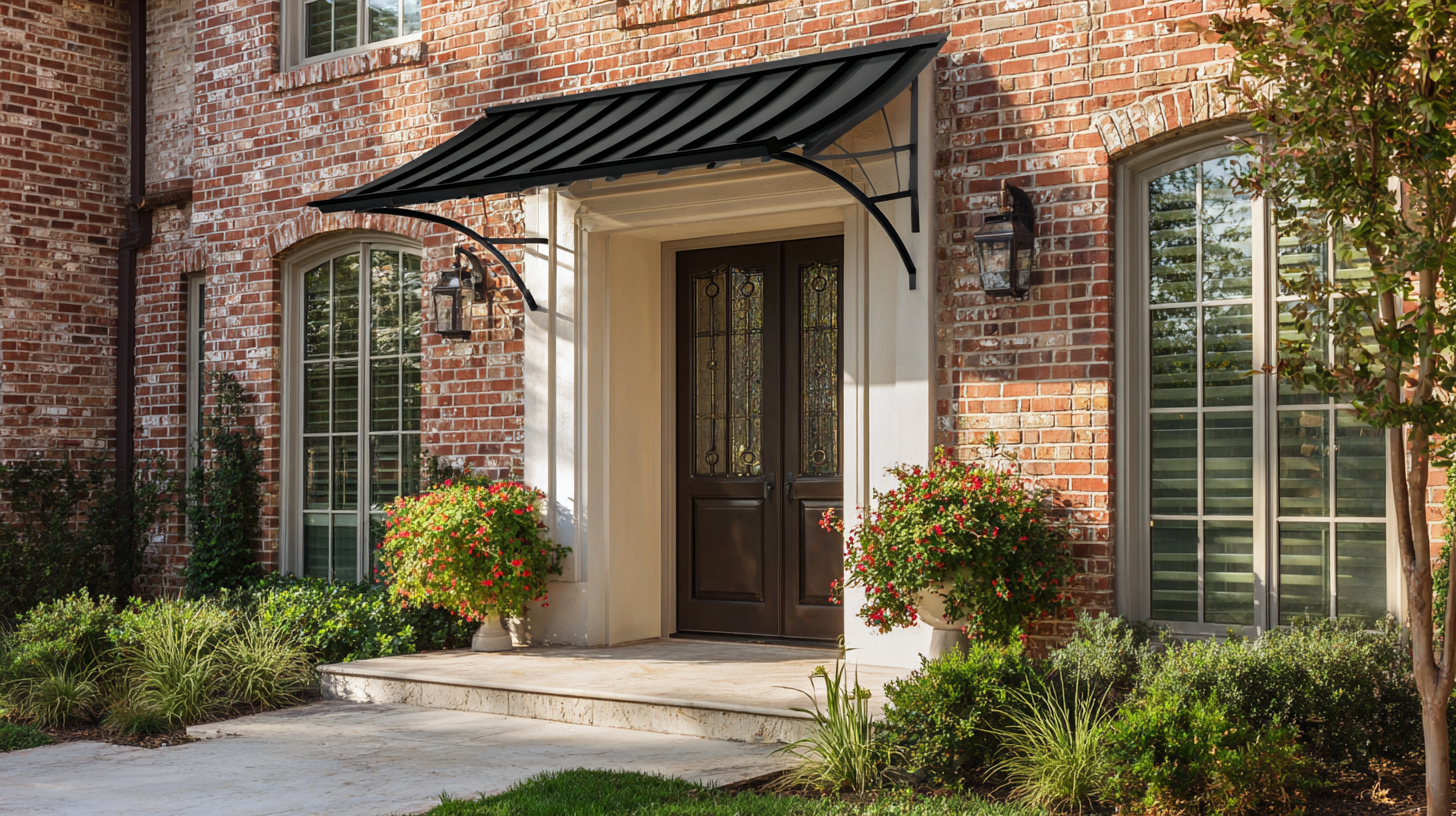
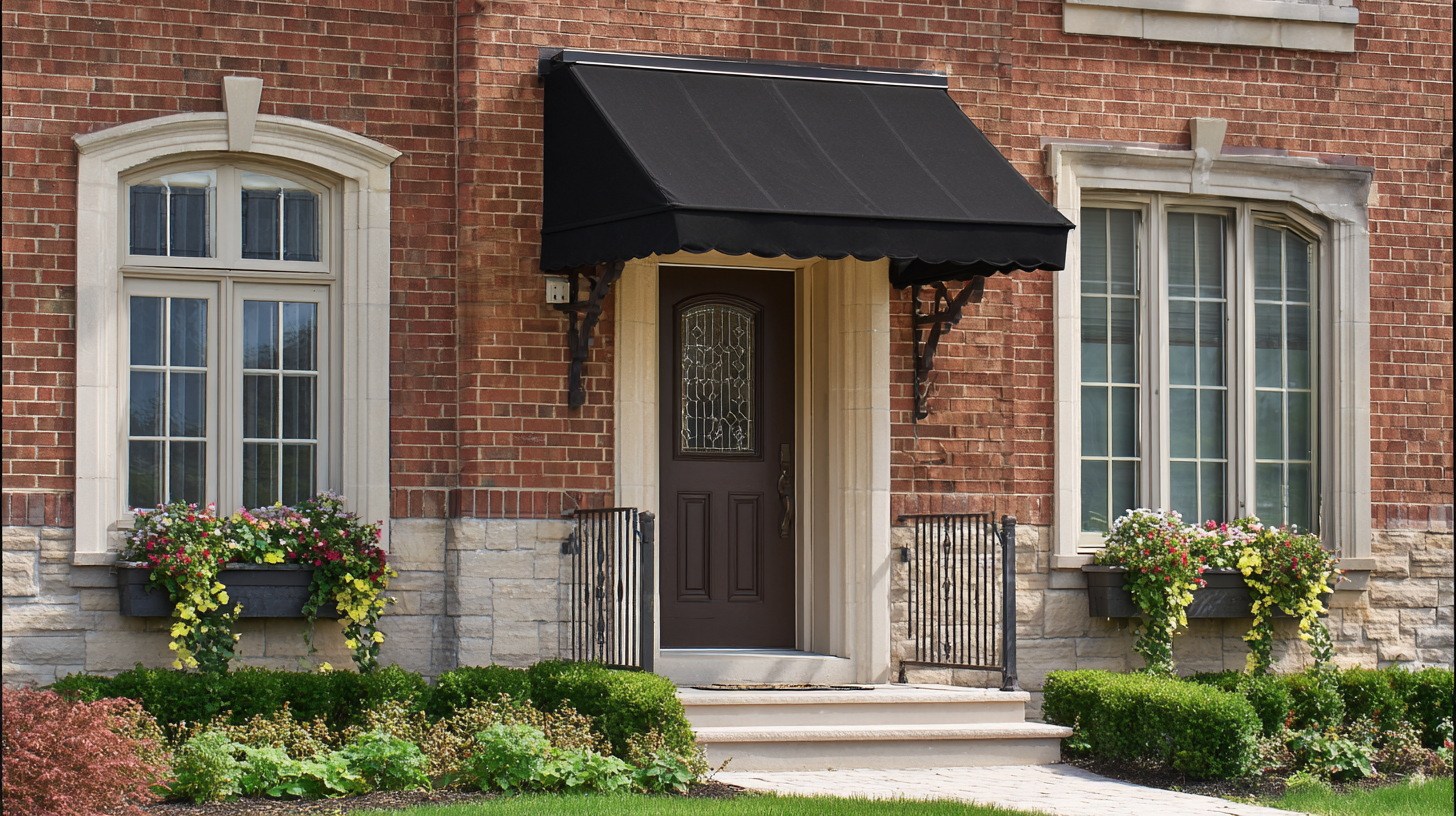 When selecting a front door awning, understanding the various materials available and their respective pros and cons is crucial. Common materials include fabric, metal, and polycarbonate. According to a report by the Home Improvement Research Institute, approximately 30% of homeowners prefer fabric awnings due to their aesthetic versatility and ease of installation. These awnings come in various colors and patterns, allowing homeowners to complement their home’s exterior. However, they require more maintenance and may need replacement every few years, particularly in regions with harsh weather.
When selecting a front door awning, understanding the various materials available and their respective pros and cons is crucial. Common materials include fabric, metal, and polycarbonate. According to a report by the Home Improvement Research Institute, approximately 30% of homeowners prefer fabric awnings due to their aesthetic versatility and ease of installation. These awnings come in various colors and patterns, allowing homeowners to complement their home’s exterior. However, they require more maintenance and may need replacement every few years, particularly in regions with harsh weather.
On the other hand, metal awnings, often made from aluminum, boast durability and longevity, making them a popular choice for those prioritizing functionality. The American Institute of Architects notes that metal materials can last up to 20 years with minimal maintenance. However, their limited design options might not appeal to homeowners seeking a more decorative solution. Lastly, polycarbonate awnings provide excellent UV protection and are highly resistant to impact, making them an ideal option for regions with intense sunlight. Despite their benefits, they can be less cost-effective upfront than other materials. Evaluating these factors will help homeowners choose an awning that aligns with their needs and style preferences.
When selecting a front door awning, it's essential to understand how various styles can enhance your home's architecture. Awnings come in a range of designs, from traditional to modern, each offering a unique aesthetic that can either stand out or blend harmoniously with your home. For instance, a classic curved awning adds an air of elegance to a Victorian-style house, while a sleek, flat canopy complements contemporary architecture, providing a minimalist touch.
Consider the materials used in the awning, as they can also influence the overall look and feel of your entryway. Wooden awnings often exude warmth and charm, making them ideal for cabins or cottages, whereas metal or fabric options can provide a more industrial or casual vibe suited to modern homes. Additionally, colors play a critical role; selecting tones that either contrast or coordinate with your home’s exterior can either create a bold statement or achieve a seamless integration. Ultimately, choosing the right awning style not only enhances curb appeal but also reflects your personal taste and the character of your home.
When it comes to selecting the ideal front door awning, accurate measurements are crucial to ensure a perfect fit for both functionality and aesthetics. According to a report by the American Institute of Architects, properly fitted awnings can improve thermal efficiency by up to 40%, helping homeowners save on energy costs while enhancing curb appeal. To start, measure the width of your door frame from edge to edge, allowing for any overhang that might provide additional shade.
Next, determine the desired projection of the awning. A study by the Badger Common'Tech Institute found that awnings extending at least 36 inches from the wall can significantly improve sunshade, reducing interior temperatures by up to 15 degrees Fahrenheit. Remember to factor in any surrounding structures, such as windows or balconies, to ensure your awning doesn’t obstruct views or interfere with accessibility. With precise measurements and consideration of your home’s unique characteristics, you can confidently choose an awning that enhances both style and functionality.
| Awning Type | Material | Width (inches) | Projection (inches) | Height (inches) | Color Options |
|---|---|---|---|---|---|
| Retractable Awning | Aluminum | 48 | 36 | 18 | Blue, Green, Beige |
| Fixed Awning | Fabric | 60 | 30 | 20 | Red, Yellow, Grey |
| Canopy Awning | Vinyl | 72 | 24 | 15 | Black, Ivory, Charcoal |
| Semi-Circular Awning | Steel | 54 | 32 | 12 | Brown, Cream, Forest Green |
When selecting a front door awning, one of the most crucial factors to consider is its weather resistance. The primary function of an awning is to protect your entryway from the elements, so you’ll want to choose materials that can withstand the local climate. For instance, awnings made from high-quality aluminum or durable fabrics treated for UV resistance can provide essential protection against harsh sunlight and heavy rain, ensuring that your front entrance remains both functional and aesthetically pleasing.
In addition to material choice, the design and installation of the awning play significant roles in weather resistance. A well-angled roof can help redirect rainwater away from your door, preventing leaks and water damage. It’s also important to consider the awning's size—too small, and it may not adequately shield against wind-driven rain; too large, and it could become a liability in strong storms. Therefore, thoughtful selection and proper installation are key to ensuring that your front door awning can endure whatever weather your area might bring while enhancing your home’s curb appeal.
When budgeting for your front door awning, it's essential to consider not only the initial cost but also installation and ongoing maintenance expenses. The price of an awning can vary significantly based on material, size, and style. A basic fabric awning might be the most affordable option, while custom-built metal designs can escalate your budget. Always compare quotes from different suppliers and ensure to factor in additional costs such as permits or professional installation if you're not a DIY enthusiast.
Installation is another crucial aspect of budgeting. If you decide to hire professionals, get detailed estimates that include labor costs. For those planning a DIY approach, ensure you have the proper tools and skills to avoid unexpected expenses from mishaps. It’s wise to read reviews or watch tutorials to confirm you're prepared for the task at hand.
Lastly, maintenance should not be overlooked. Some materials require more upkeep than others, so choose wisely based on your climate and personal preference. Regular cleaning and inspections can extend your awning’s lifespan significantly. Setting aside a small budget annually for maintenance will help you keep your front door awning looking beautiful and functional for years to come.
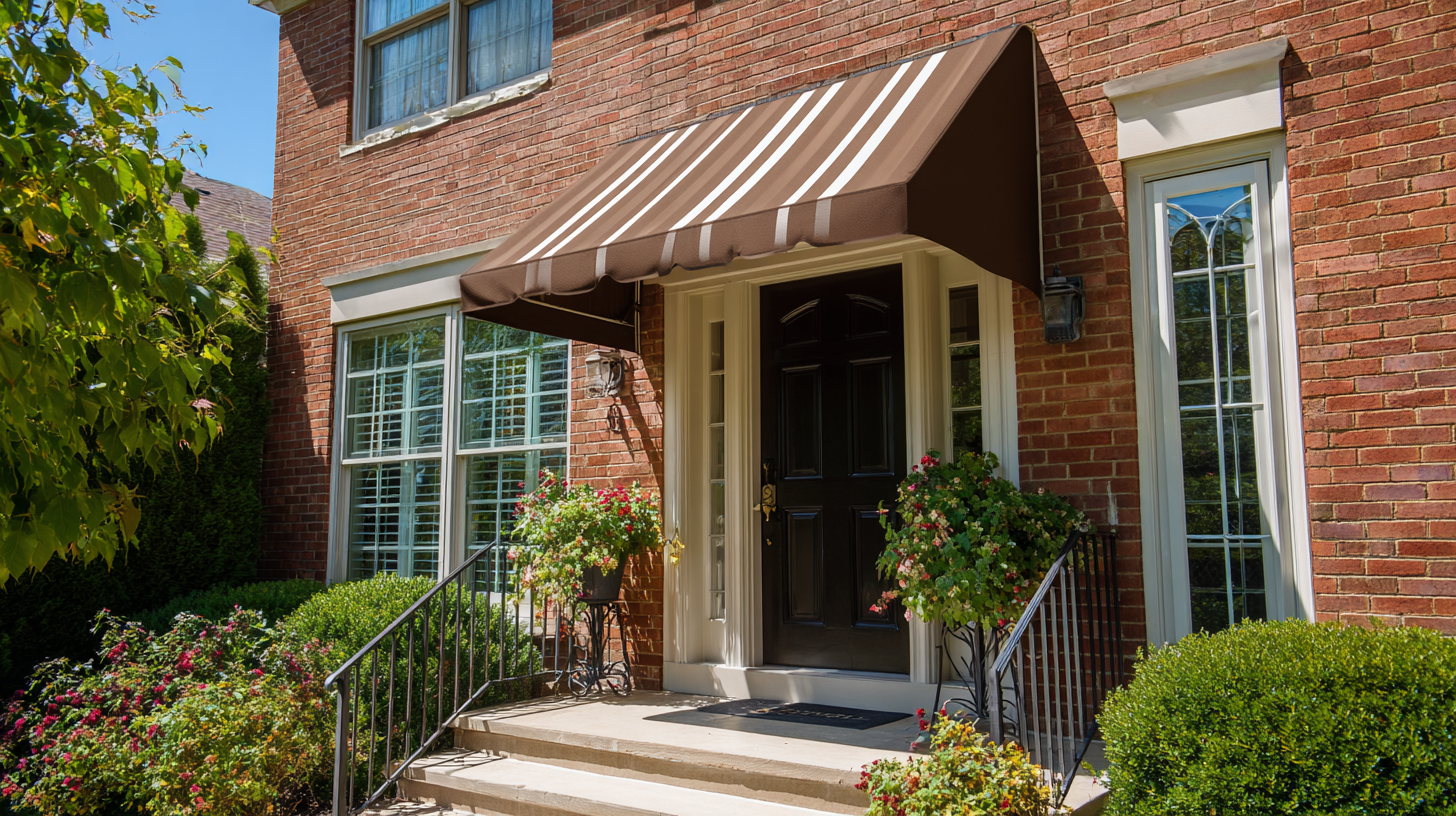
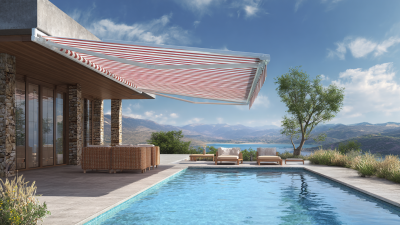

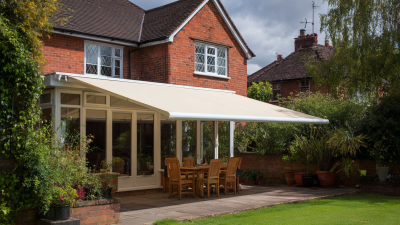
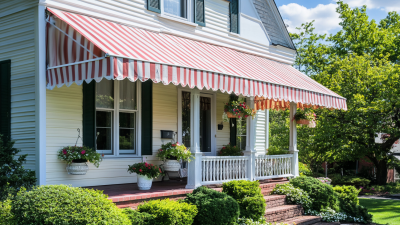
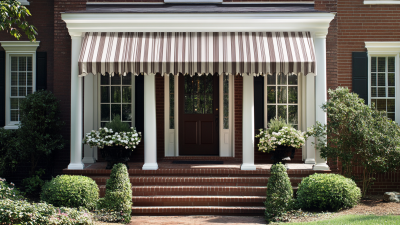
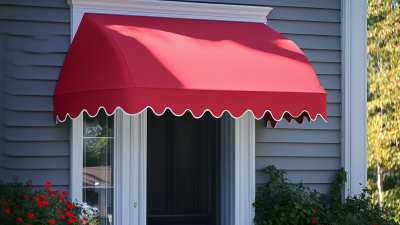
© 2025 Fiberama All Rights Reserved.
